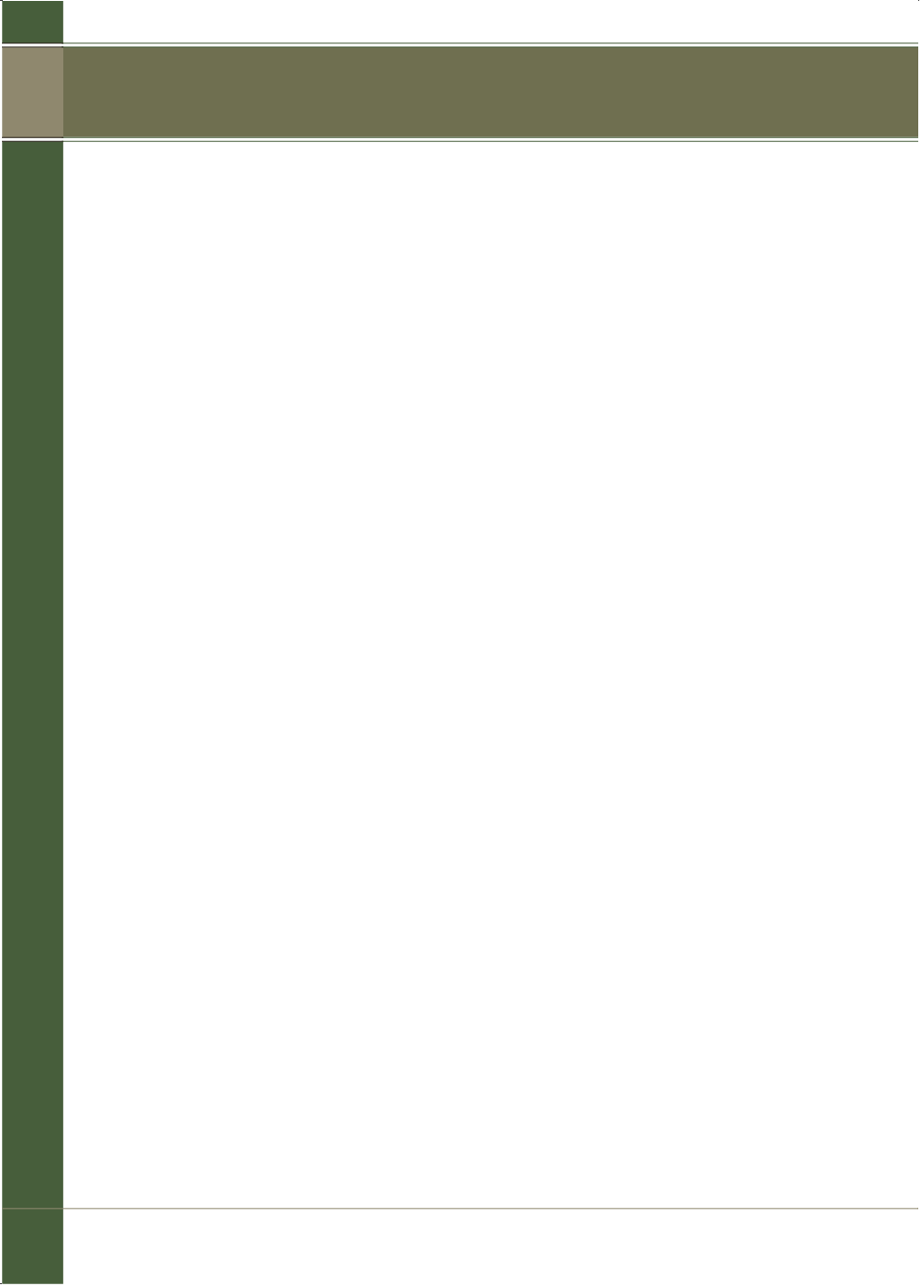

158
REMOVALOF LOCKINGANDSAFETYDEVICES (CAO 20.2)
Prior to take-off, the pilot in command of an aircraft shall ensure that all
control surface locks, undercarriage pins and locks, and any other devices
used for restrictingmovement or preventing operation of any part of an
aircraft or its equipment when not in flight or taxiing are removed.
Where external control surface locks, undercarriage pins and locks, or other
external locking or restricting devices have been fitted, they shall, except
where otherwise approved by CASA, be removed prior to commencement
of taxiing for the purpose of taking off. They shall be removed only by the
pilot in command or the co-pilot, or by a person instructed in this function
and authorised to perform it by the owner, hirer, operator or pilot in
command.
Where external control surface locks, undercarriage pins and locks, or other
external locking or restricting devices are removed by a person other than
the pilot in command or co-pilot:
• removal shall only be effected as directed by the pilot in command;
• the locks, pins and other external devices shall be exhibited to the pilot
in command from a positionwhichwill enable him to readily determine
that all pins, locks and devices are being displayed;
• during the hours of darkness the owner, hirer, operator or pilot in
command shall ensure that adequate lighting is provided to enable the
pilot in command to see the articles displayed; and
• when the pilot in command is satisfied that all locking devices have
been removed and displayed he or she shall give an agreed form of
acknowledgement to the person effecting removal.
When an aircraft has been parked, taxied or towed inwinds exceeding
35 kt and the control systems and surfaces have not been effectively
restrained either by a person in the cockpit or by approved control surface
gust locks, the pilot in command or an appropriately licensedmaintenance
engineer shall, before flight, inspect the control systems and control surface
attachments for damage.
Where external control surface locks or restricting devices have been
removed or where an aircraft is to be flown for the first time following
maintenancework involving the aircraft’s control surfaces or control surface
systems, the pilot in command shall, immediately before taxiing for the
purpose of taking off, test the flight controls to the full limit of their travel
pre-flight
2 – saf e t y precaut i ons

















